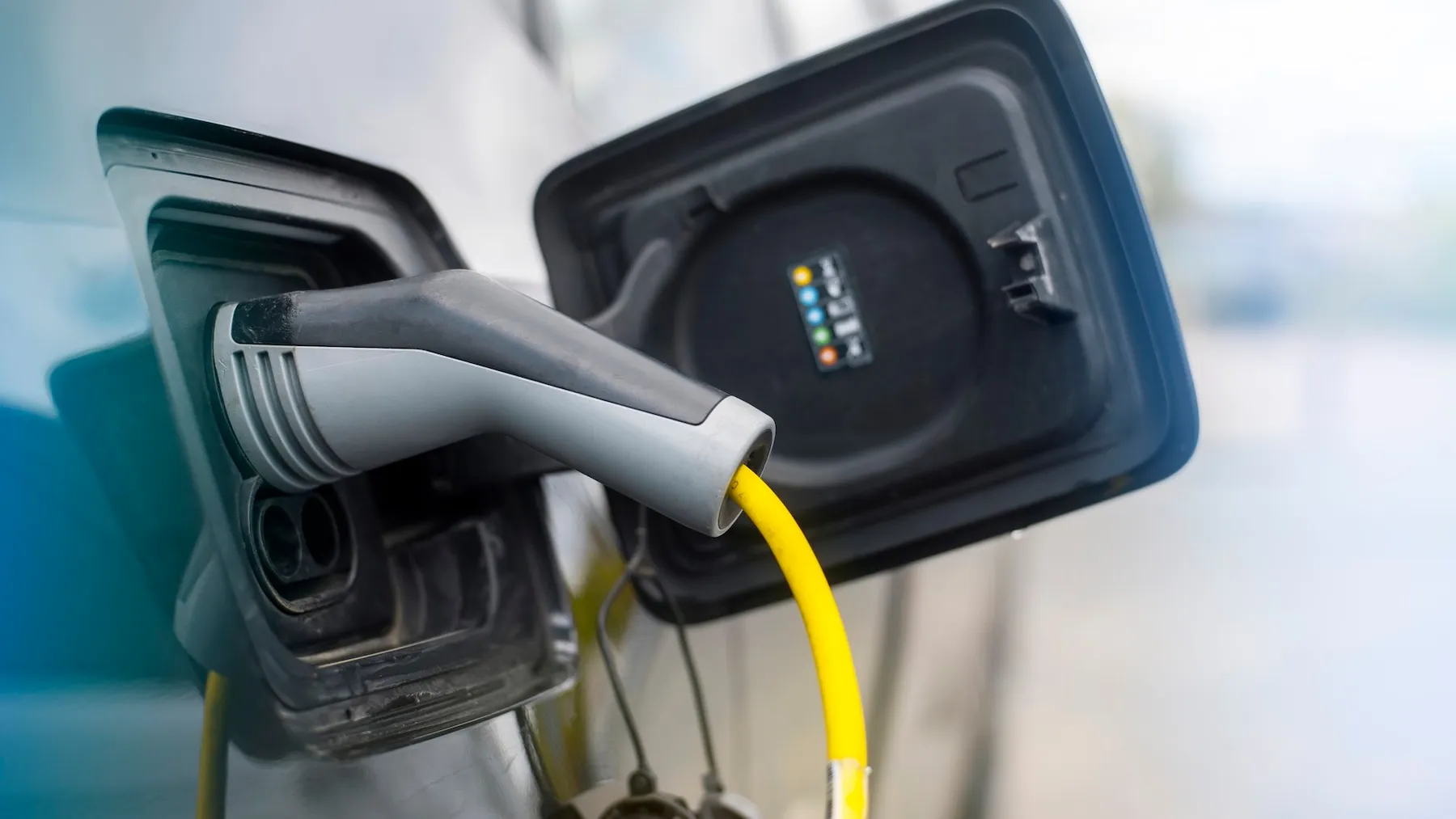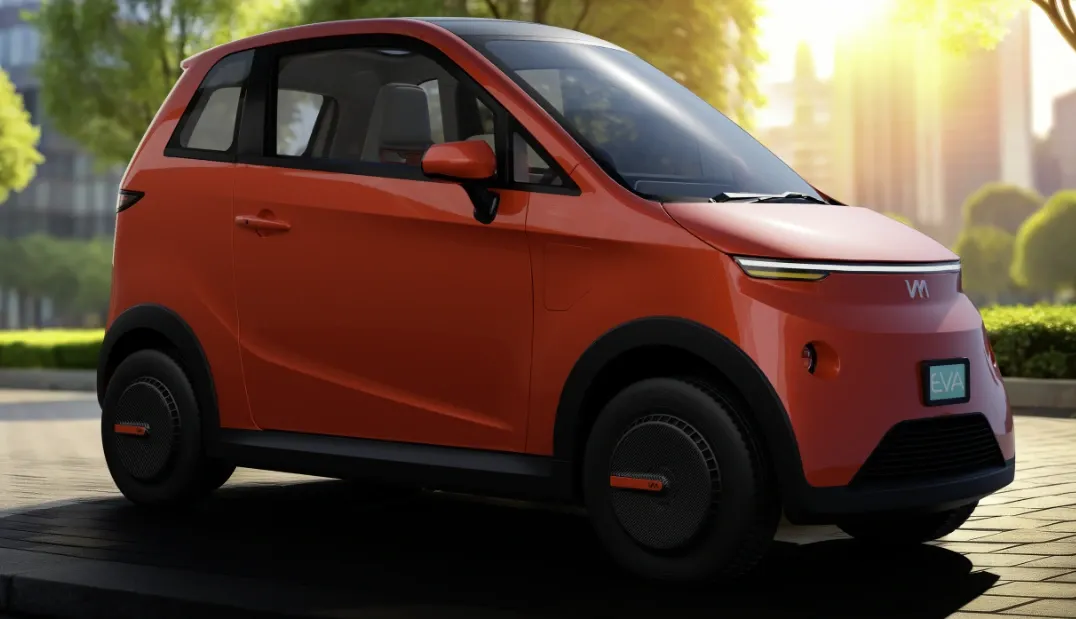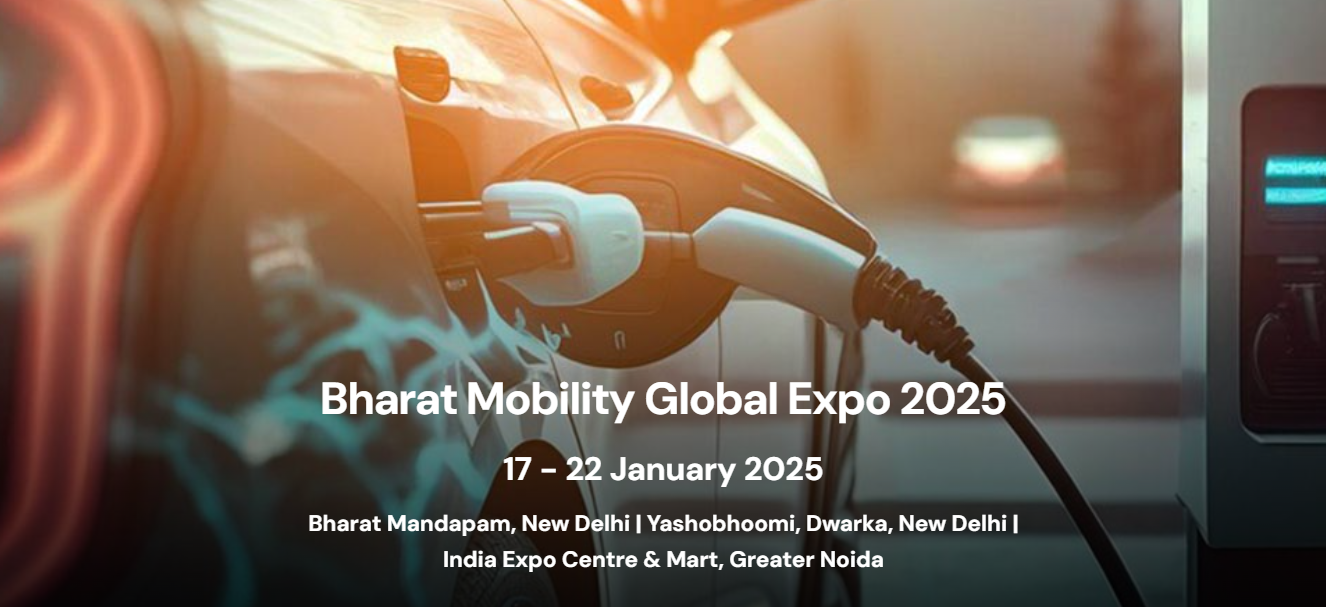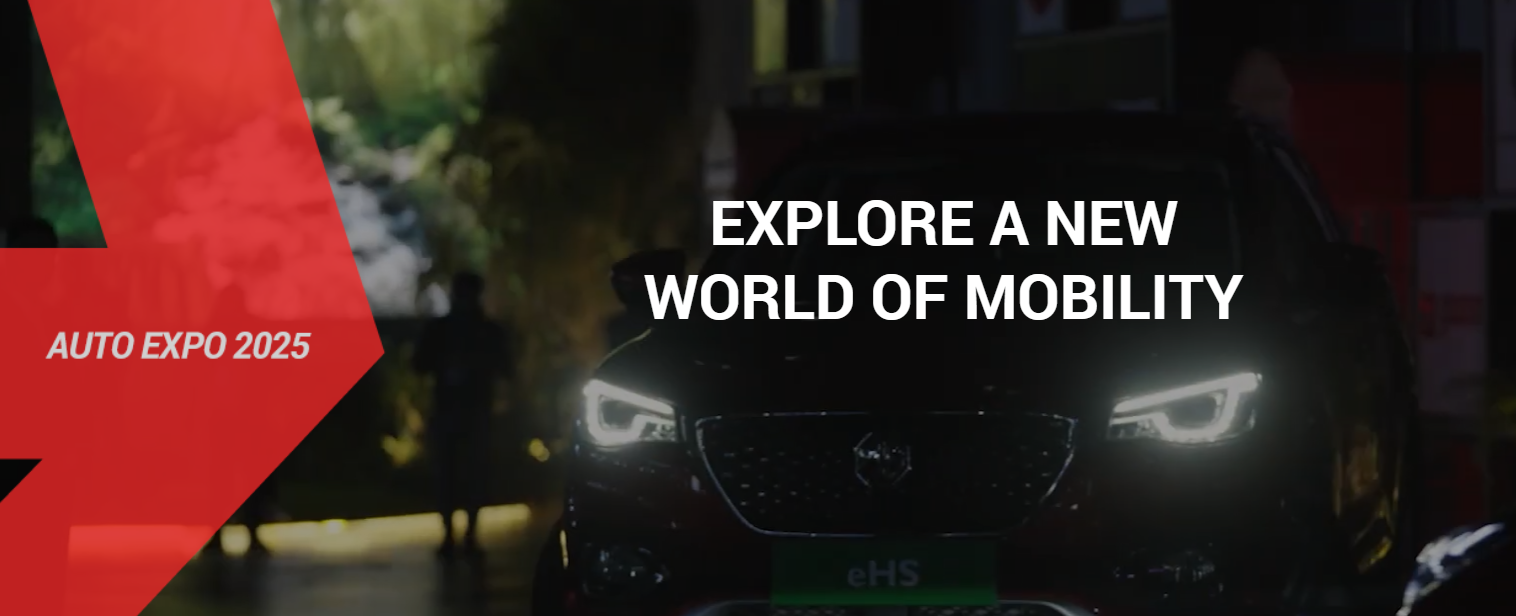Range anxiety is a key factor affecting potential adoption of electric vehicles in India. Addressing range anxiety is crucial to the country’s transition to zero-emission transportation. Advancement in Battery technology, expansion of charging infrastructure, and widespread consumer education can mitigate the issue and help India achieve carbon-free transportation. The article broadly discusses range anxiety and its possible solutions to accelerate EV adoption in the country.

It is a sunny afternoon in Kolkata, and Surendra, a local cab driver, is waiting in a long queue at a petrol pump. The price of diesel has hit another record high and he looked frustrated. I am just behind him in the queue. “I spend half of my daily earnings on fuel,” he murmurs. When I ask him why he doesn’t prefer to switch to an electric vehicle (EV), he laughs, “Where will I charge it? What if my car runs out of charge in the middle of a trip? And it’s too expensive for someone like me to afford.”
Surendra’s concerns resonate with millions across India. Despite the government’s boost for electric mobility, hike in fuel prices and growing environmental issues with ICE vehicles, India’s transition to electric mobility remains sluggish. While sales of two-wheelers and passenger cars in the electric vehicle segment are gaining traction, they still account for only 2.5% of the total vehicle market. India is struggling to adopt a technology that promises zero-emission transportation, lower costs, and energy independence.
Dependency on ICE vehicles
This lack of conviction around electric vehicles in India is not just about the vehicles themselves, it’s about trust. Excessive reliance on petrol and diesel vehicles over the decades has changed the general mindset of the people. The sound of the reviving engine, the ease of finding a fuel station every few kilometers, and the familiarity of fossil fuel-run engine vehicles have shaped people’s relationship with the traditional methods of transportation. Electric vehicles, on the other hand, are still seen as young, untested and lacking practical experiences, still striving to win the trust of the people.
What is EV range anxiety
Let us take the range anxiety, for instance. Range anxiety is a fear of running out of charge before reaching the next charging station. One of the major challenges to the widespread adoption of EVs in India has been range anxiety. People become worried about getting stranded while driving an EV without getting access to charging points. It is considered one of the major psychological barriers preventing potential buyers from buying an EV. A recent report published by Forvis Mazars reveals that range anxiety is a major factor deterring nearly 58 percent of potential EV buyers.
India’s EV Charging infrastructure
The public EV charging infrastructure in India is still developing with uneven distribution. According to the Ministry of Power, as many as 25,202 public charging stations (EVPCS) have been installed in the country as of December 2024. Karnataka, having the highest number of EVPCS leads the list followed by Maharastra, Uttar Pradesh, and Delhi.
The major concern is that most of the public charging stations in India are concentrated in large cities and metropolitan areas. On the contrary, the rural and semi-urban areas are still left undeserved.
Making things worse, these public charging stations experience recurrent downtime due to technical issues, grid connectivity or maintenance delays.
According to Forvis Mazars report, the average charging time in charging stations is also much higher than the global benchmark of 30 minutes to 1 hour for fast charging. This is a huge dent in consumer confidence to switch to electric vehicles (EVs).
The majority of Indian EV users use home charging as public charging stations are limited and not reliable, which emphasizes the need to integrate charging infrastructure in residential and commercial developments. However, what still remains a major issue is the power grid’s limited capacity to handle the potential surge in electricity demand while simultaneous charging during peak hours.
How to address range anxiety?
To address those challenges, India needs strategies for accelerated EV adoption like the development of long-range batteries, more affordable EV models and expansion of public charging infrastructure. Innovations like battery swapping for electric two and three-wheelers and regenerative braking technology can improve EV range and reduce costs.
Moreover, targeted policies like subsidies for fast charging stations and tax incentives for infrastructure investments to address these gaps are need of the hour. Public-private partnership model is also another major way out accelerating the development of charging infrastructure.
Indian approach to boost EV adoption
India took up the ambitious EV30@30 initiative intending to achieve 30 percent EV sales by the year 2030. At this juncture, India needs a comprehensive approach to break the built-up psychology towards the ICE vehicles and encourage its people to adopt electric vehicles. The country’s vision to accomplish the target of a self-reliant EV ecosystem requires a strong and sustainable focus on certain factors.
Building a robust charging infrastructure and ensuring seamless grid integration will build confidence among EV owners to go for long drives without any concerns for range anxiety.
Development of EV technologies coupled with the promotion of research and development in advanced battery technology including lithium-ion and solid-state batteries will ensure a self-reliant supply chain reducing dependency on imports.
Encouraging private investments is another big factor. To achieve the EV30@30 target and build a robust EV infrastructure, India requires robust funding. Collaboration of public and private stakeholders can bridge this gap. Reduction in customs duty and GST and taxes on imported components, and investment in local R&D and battery technology will substantially lower the cost of EVs and encourage localized manufacturing.
Financial incentives like tax breaks for electric vehicles can play a crucial role in accelerating the adoption of EVs by reducing their initial cost barrier. This will encourage potential EV buyers to go for EVs.
Contribution of EV manufactures to contain range anxiety
The good news is that alongside the government’s initiatives like the FAME-India scheme and PM E-DRIVE scheme, automakers like Tata, Hyundai India, JSW MG India and Maruti Suzuki are taking solid initiatives to set up fast charging stations across the territory. The Union Budget 2025-26 exempts customs duties on EV battery materials to reduce cost and encourage local manufacturing.
Moreover, most EV manufactures are now offering EVs having a range of over 300 kilometers per charging cycle, which is more than enough for daily commutes.
EV models like Hyundai Creta Electric, MG Windsor EV, Maruti Suzuki e-Vitara, Tata Nexon EV, Tata Tiago EV and Tata Punch EV claim to offer more than 300 km range on a single full charge. The companies have also introduced long-range EVs like the Mahindra BE6, BYD Sealion 7, Mahindra XEV 9e, Tata Curvv Ev, Hyundai Ioniq 5, Tesla Model 3, BMW i7, and Kia EV9 having claimed range over 500 km. These newly launched EVs have significantly changed the EV landscape in the country contributing the desired range to the potential customers.
The collective approach of government and private players is crucial for bringing the electric revolution to India’s future transportation. This will evidently change the psychology of the people towards faster adoption of EVs in India and erase the so-called range anxiety.










